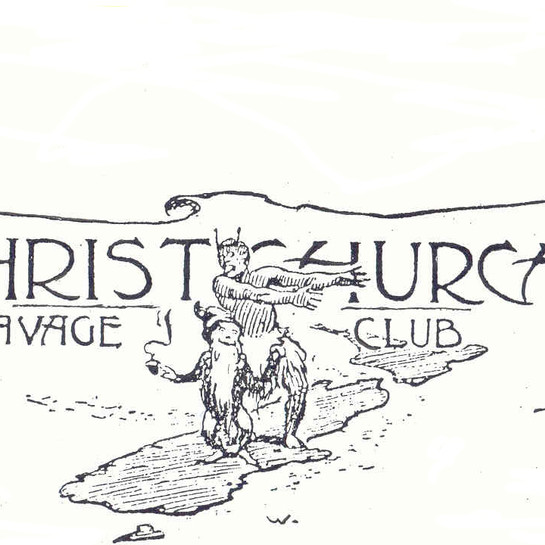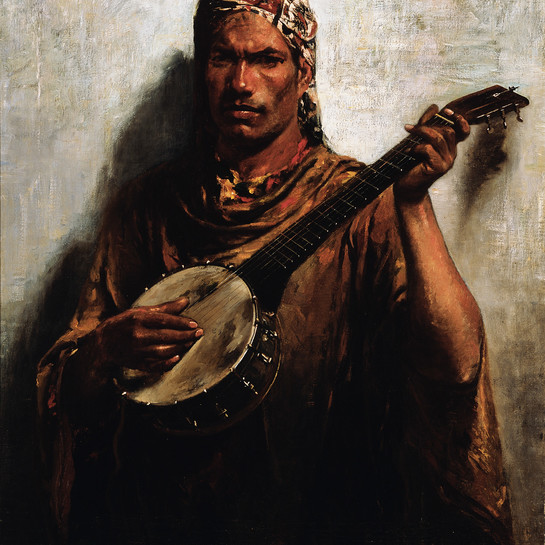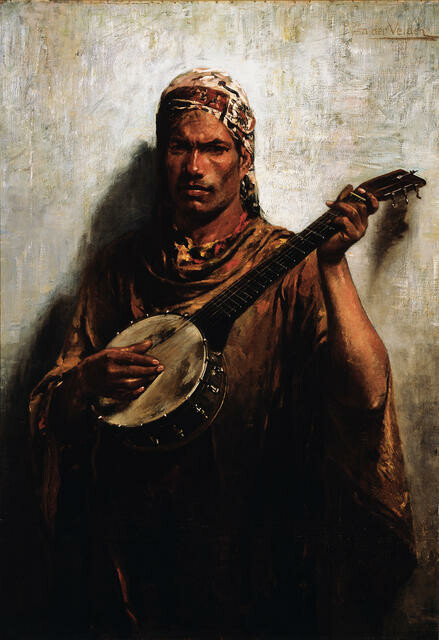Petrus van der Velden
Netherlands / Aotearoa New Zealand / Australia, b.1837, d.1913
The Satara Player
- 1894
- Oil on canvas
- Marjorie Bassett bequest, 1964
- 1470 x 1120 x 75mm
- 69/201
Tags: cloaks, exoticism, hats, men (male humans), musical instruments, musicians, people (agents), performing artists, portraits
The model for this work was a busker who performed in Cathedral Square, Christchurch. Aware of the Victorian interest in Orientalism, Petrus van der Velden felt the man had a Near Eastern look to him. His costume and the use of sombre tones give him an appropriate air of exoticism. Van der Velden was struggling financially when this work was painted and the creases in the work are from where he had had a sail maker stitch two old canvases together. Born in Rotterdam, Van der Velden established himself as a painter, particularly of marine subjects, in Holland. In 1890 he and his wife emigrated to Christchurch and the following year he began the series of works based on the Otira Gorge region for which he is so well known. Van der Velden struggled to make a living in Christchurch, however, and went to Sydney in 1898. He returned to settle in Wellington in 1904 but died in Auckland.
Exhibition History
Orientalism, reflected in an interest in eastern figures or scenes, was popular in the late 19th century following French and British expansion into North Africa and the Near East. Here the artist has painted an entertainer, or busker, who performed in Cathedral Square in the early 1890s and dressed him a costume and scarf for the oriental figure study. The figure is developed with a broad tonal treatment in which the disclosed and undisclosed margins of the forms work to create a powerful and convincing image of the exotic figure. The uneven surface on the canvas, now clearly visible near the base of the painting, arose when the painter, at this time facing financial difficulties, had a sailmaker join two old canvases to create the necessary proportions for this work.



